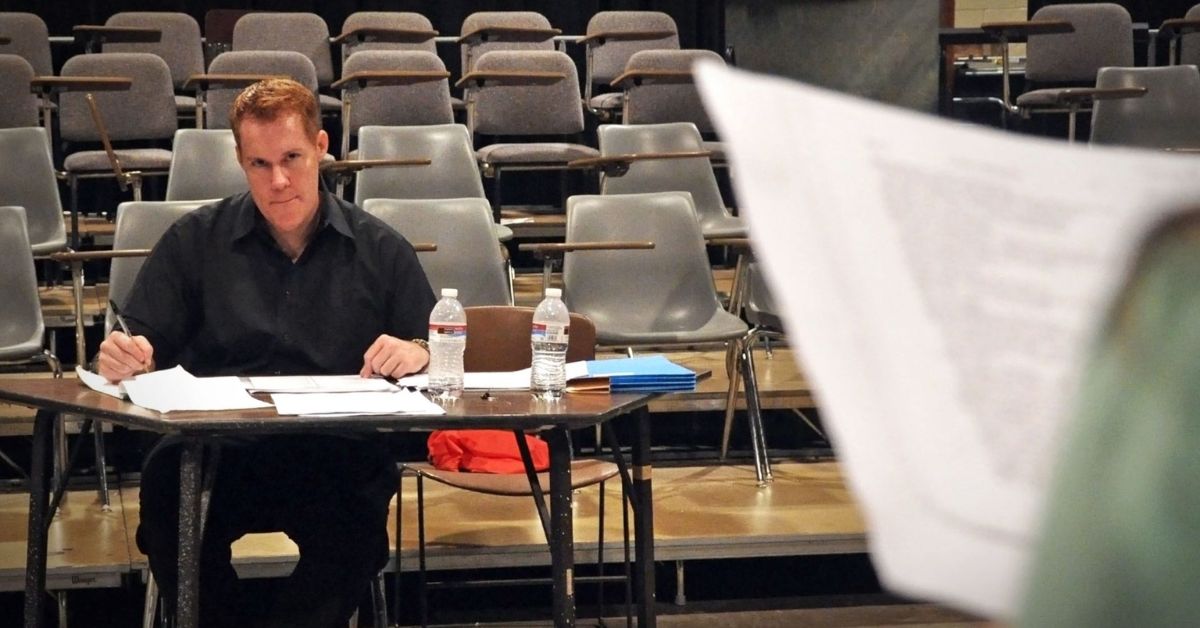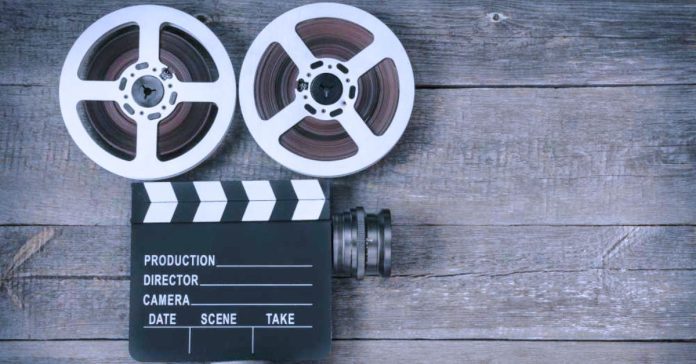These three words encapsulate the magic of film production, an intricate process that blends artistry, technology, and sheer passion. As a filmmaker with over two decades of experience in the industry, I have witnessed firsthand the meticulous orchestration of various elements that culminate in creating cinematic masterpieces.
In this comprehensive article, we embark on a journey through the ten essential parts of film production, delving into the complexities and nuances that define each stage. Drawing from my personal experiences and insights gained over the years, I aim to provide a deep understanding of the intricate tapestry that is film production.
What are the 10 Parts of Film Production?
1. Pre-production: Laying the Foundation
The journey of a film begins long before the cameras start rolling, in the realm of pre-production. This crucial phase is akin to laying the foundation of a building, where meticulous planning and preparation are paramount.
Pre-production involves several critical tasks, including scriptwriting, scouting locations, casting actors, designing sets, and creating storyboards. Each of these tasks requires a unique set of skills and expertise to ensure the project starts on the right foot.
In my experience, successful pre-production sets the stage for the entire filmmaking process, providing a blueprint that guides both the creative vision and logistical execution. During this phase, I have learned the importance of detailed planning and foresight.
For example, during the pre-production of my film “Echoes of Time,” we spent weeks scouting locations to find the perfect abandoned mansion that would serve as the eerie setting for our story. The effort paid off when the location’s atmosphere added an invaluable layer to the film’s narrative.
2. Scriptwriting: Crafting the Narrative

At the heart of every great film lies a compelling story, and scriptwriting is the art of bringing that story to life. Whether it’s a gripping drama, a heartwarming romance, or a pulse-pounding action flick, the screenplay serves as the backbone of the film. The script is where characters are born, conflicts are defined, and the plot is structured.
As a screenwriter, I have experienced the exhilarating process of translating ideas into dialogue, action, and emotion. Scriptwriting requires a delicate balance of creativity, structure, and character development to captivate audiences and evoke genuine emotion.
One of my proudest moments as a writer was crafting the script for “Beneath the Surface,” a psychological thriller that required intricate plotting and deep character development to maintain suspense and engagement throughout the film.
3. Casting: Finding the Right Talent

One of the most critical aspects of film production is casting the right actors to breathe life into the characters. Casting involves not only finding actors who embody the essence of the characters but also ensuring chemistry and rapport among the cast members.
A miscast role can significantly affect the film’s overall tone and quality, whereas the right casting can elevate a film to new heights.
As a director, I have learned firsthand the importance of casting decisions. During the production of “Whispers in the Wind,” a historical drama, we conducted extensive auditions to find actors who could authentically portray characters from a bygone era.
The casting director and I worked closely to ensure each actor brought the necessary depth and nuance to their roles, resulting in performances that resonated with audiences and critics alike.
4. Location Scouting: Painting the Canvas
The choice of location can significantly influence the look and feel of a film, transporting viewers to different worlds and environments. From bustling city streets to remote countryside landscapes, every location serves as a backdrop that enhances the storytelling experience. The right location can add authenticity and depth to a film, while the wrong one can detract from the narrative.
As a filmmaker, I have embarked on countless location scouts, searching for the perfect settings that complement the narrative and capture the imagination. During the production of “Lost in Time,” a sci-fi adventure, we needed a location that could convincingly portray a post-apocalyptic world.
After weeks of scouting, we found an abandoned industrial site that perfectly matched our vision, and with some creative set design, it became a key element in immersing the audience in the story.
5. Set Design: Building the World
In the realm of filmmaking, set design is akin to building a stage where the drama unfolds. Whether it’s a lavish palace, a futuristic spaceship, or a quaint village square, the design of sets plays a crucial role in immersing viewers in the world of the film.
Set design involves creating physical environments that support the story, enhance the mood, and provide a visually cohesive backdrop for the action.
As a production designer, I have collaborated with directors and cinematographers to conceptualize and create sets that reflect the tone, mood, and aesthetic vision of the film. One of the most challenging yet rewarding projects I worked on was “The Enchanted Forest,” a fantasy film that required elaborate set designs to bring its magical world to life.
We built intricate sets with towering trees, sparkling streams, and hidden nooks, each detail carefully crafted to transport viewers into a realm of wonder and imagination.
6. Costume Design: Dressing the Characters
Costumes are more than just garments; they are extensions of the characters, conveying personality, status, and emotion. As a costume designer, I have worked closely with directors and actors to create wardrobe choices that not only reflect the period and setting but also enhance the storytelling experience.
Whether it’s period costumes for a historical epic or futuristic attire for a science fiction film, costume design is an art form that requires creativity, research, and attention to detail.
During the production of “Shadows of the Past,” a period drama set in the Victorian era, we faced the challenge of creating authentic costumes that reflected the time while allowing the actors to move comfortably.
Extensive research and collaboration with historians and tailors enabled us to produce costumes that were both historically accurate and visually stunning, adding depth and authenticity to the film.
7. Production: Bringing the Vision to Life
Production is the heartbeat of filmmaking, where all the elements of pre-production converge to bring the director’s vision to life. From the hustle and bustle of the film set to the precision of camera movements and lighting setups, every aspect of production contributes to the creation of cinematic magic. This phase is where the script is transformed into actual scenes, with actors performing and the crew capturing the action.
As a director, I have experienced the exhilarating rush of adrenaline that comes with orchestrating complex scenes, working with actors, and collaborating with talented crew members who bring passion and dedication to their craft.
One particularly memorable production was “Rising Phoenix,” an action-adventure film that required extensive coordination for its elaborate stunts and special effects. The camaraderie and teamwork on set were instrumental in overcoming challenges and ensuring a smooth production process.
8. Cinematography: Capturing the Moment
Cinematography is the art of visual storytelling, using camera techniques, composition, and lighting to evoke emotion and immerse viewers in the world of the film. As a cinematographer, I have explored the boundless possibilities of visual expression, from sweeping crane shots to intimate close-ups, from chiaroscuro lighting to vibrant color palettes.
Cinematography requires a keen eye for detail, technical expertise, and a deep understanding of film aesthetics to craft images that resonate with audiences and elevate the storytelling experience.
During the filming of “Silent Echoes,” a film noir, we employed a range of lighting techniques to create the film’s distinctive moody and atmospheric look. The interplay of light and shadow not only enhanced the visual appeal but also contributed significantly to the narrative’s tension and suspense, making cinematography an integral part of the storytelling process.
9. Editing: Crafting the Narrative Flow
Editing is where the raw footage of a film is transformed into a cohesive and compelling narrative. As a film editor, I have spent countless hours in the editing room, meticulously selecting shots, pacing scenes, and fine-tuning the overall rhythm and flow of the film.
Editing involves not only technical proficiency in editing software but also a nuanced understanding of storytelling techniques and visual grammar.
The editor serves as a storyteller in their own right, shaping the narrative and imbuing it with depth and emotion. During the editing of “Fragments of a Dream,” a complex drama with interwoven storylines, we faced the challenge of balancing multiple perspectives while maintaining a coherent and engaging narrative.
The process involved numerous revisions and collaborative discussions, ultimately resulting in a film that was both intricate and emotionally resonant.
10. Post-production: Polishing the Gem
The final stage of film production is post-production, where the finishing touches are applied to polish the film to perfection. Post-production includes sound design, music composition, visual effects, and color grading, each element contributing to the overall impact and resonance of the film. This stage is crucial for refining the film’s visual and auditory elements, ensuring a high-quality final product.
As a filmmaker, I have witnessed the transformative power of post-production in elevating the quality and immersive experience of a film. One notable project, “A Symphony of Stars,” a sci-fi epic, required extensive visual effects to create its otherworldly landscapes and futuristic technology.
Collaborating with a talented team of VFX artists, sound designers, and composers, we meticulously crafted each frame to achieve the desired level of detail and realism, resulting in a visually stunning and emotionally powerful film.
Final Words
Film production is a collaborative art form that requires passion, creativity, and technical expertise to bring stories to life on the silver screen. From the initial spark of inspiration to the final edit, every stage of the filmmaking process is a testament to the dedication and talent of the individuals involved.
My journey through the world of film production has been filled with countless challenges and triumphs, each experience contributing to my growth as a filmmaker.
As I continue to explore new stories and push the boundaries of creative expression, I remain humbled by the opportunity to contribute to this vibrant and ever-evolving industry. I look forward to sharing more stories and experiences with audiences around the world, celebrating the magic of cinema and the collective effort that brings it to life.
Also read: How to Become a Film Editor? | Expert Tips & Guidance: Unlocking the Secrets




